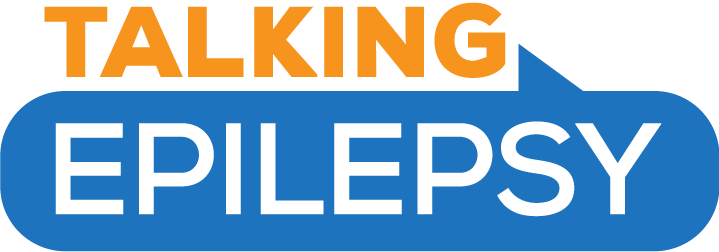AI Breakthrough: Detecting Hidden Epilepsy Brain Lesions
An innovative artificial intelligence (AI) tool has been developed by researchers with the potential to revolutionize the diagnosis of epilepsy by identifying brain lesions that are frequently overlooked by doctors. These lesions, known as focal cortical dysplasias (FCDs), are areas of abnormal development in the brain’s outer layer (cerebral cortex) and are a significant cause of epilepsy, particularly in cases where medication is ineffective.
Surgical removal of these small brain abnormalities can be a successful treatment for stopping seizures. However, the challenge lies in the fact that these lesions can be incredibly subtle and difficult for radiologists to detect on standard brain scans. This can lead to delays in diagnosis, appropriate treatment, and potentially life-changing surgery.
In a groundbreaking study, scientists from King’s College London and University College London trained their AI tool, named MELD Graph, using a vast dataset of magnetic resonance imaging (MRI) scans from over 1,185 adults and children across 23 hospitals globally. Of these individuals, 703 had confirmed brain abnormalities.
The MELD Graph demonstrated a remarkable ability to analyze these complex images rapidly and with a level of detail that surpasses human capabilities, according to lead researcher Dr. Konrad Wagstyl. This enhanced detection rate could significantly expedite the diagnostic process, leading to more timely interventions and potentially reducing the need for extensive and costly investigations.
While the AI shows immense promise, the researchers emphasize that it is intended to assist, not replace, human expertise. Dr. Wagstyl likened the challenge of finding these lesions to “finding one character on five pages of solid black text,” highlighting the subtlety involved. The AI successfully identified approximately two-thirds of the lesions missed by doctors, but a significant portion still remained undetected.
The impact of this technology is already being seen. At a hospital in Italy, MELD Graph identified a subtle lesion in a 12-year-old boy who had endured daily seizures despite trying nine different medications – a lesion that had previously been missed by radiologists.
The researchers point out that many individuals with these lesions experience years of seizures and numerous investigations before a diagnosis is finally reached. They are now seeking official approval for MELD Graph to be used as a diagnostic tool in clinical settings. Further trials are necessary to thoroughly evaluate the long-term benefits for patients whose lesions are identified using this AI.
In the interim, the research team has made the MELD Graph software available as an open-source resource. This allows hospitals worldwide to utilize the tool for clinical research, potentially accelerating the identification of these elusive lesions and paving the way for more precise surgical interventions to halt debilitating seizures.
Source: Cure Epilepsy, March 25, 2025

